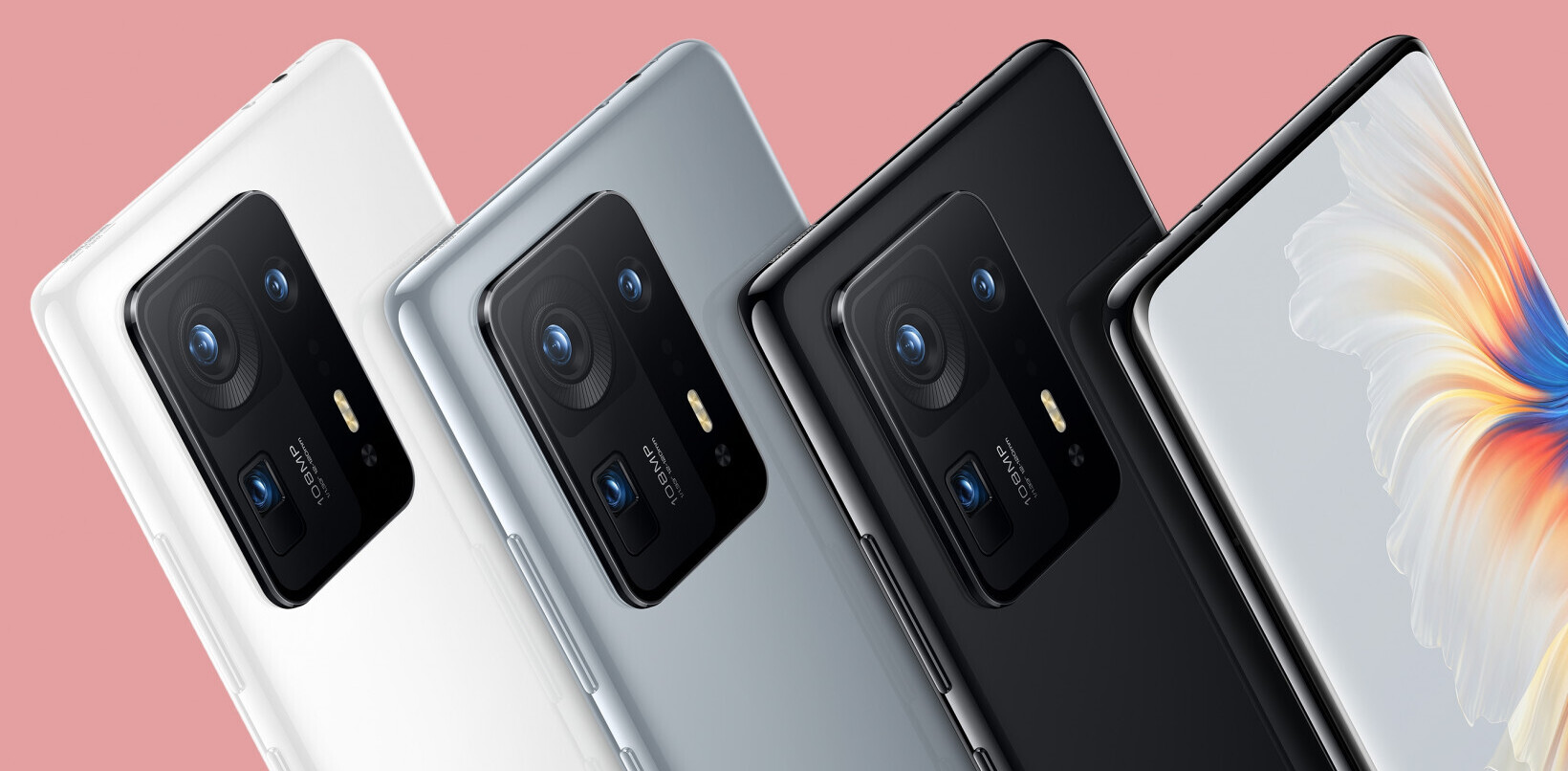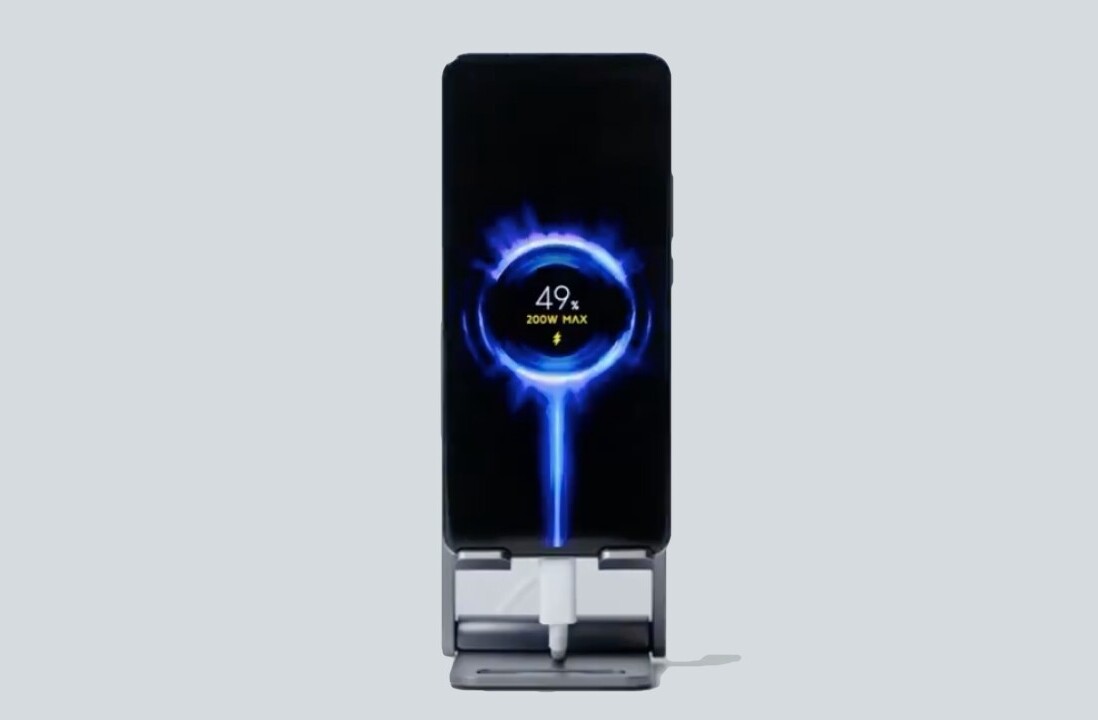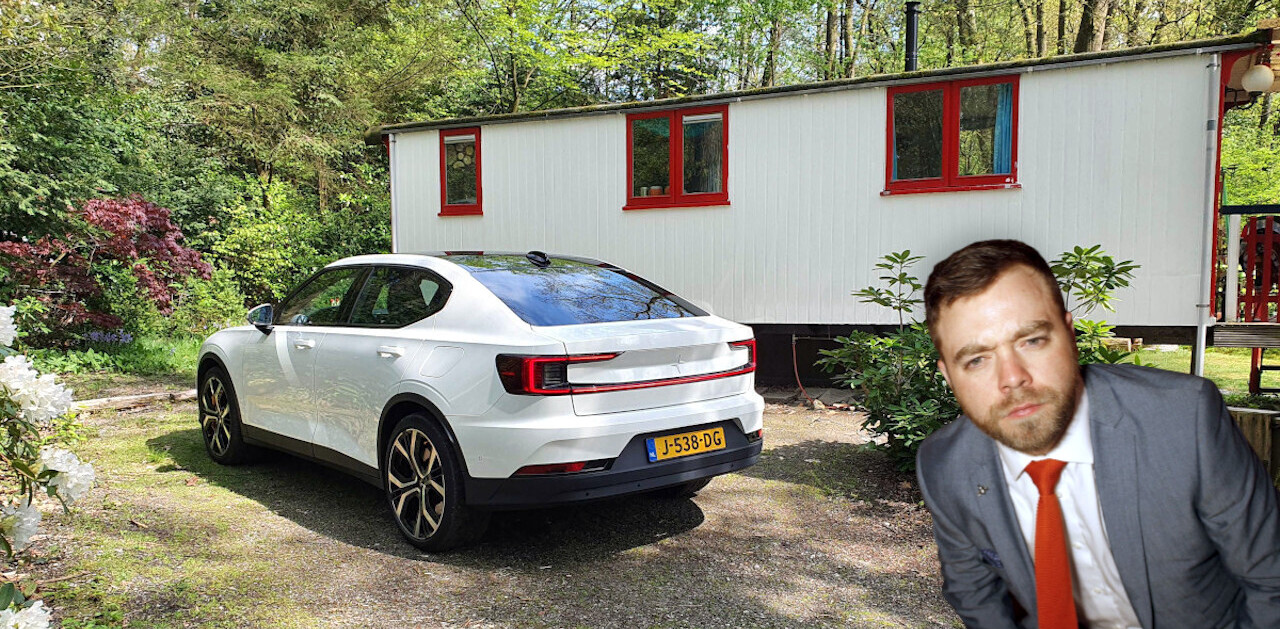Earlier this year, Xiaomi showed off a concept video for charging a phone over the air in a room. Now, Motorola has also announced that exploring long-distance wireless charging solutions for its future generations of devices.
The phone maker is partnering with GuRu wireless, a company that’s working on over-the-air charging solutions for multiple devices. The US-based firm claims to have a proprietary charging tech that uses millimeter-wave (mmWave) integrated circuits. Plus, its RF Lensing solutions can charge devices even at a 30 feet (9.14 meter) distance through a single transmitter.
GuRu said that first-gen chargers with this tech will be able to charge your phone between 5W to 10W. That’s not too fast, but if my phone’s charging while I’m lying on my bed and doomscrolling, why not?
At the moment, Motorola hasn’t detailed out its plan to include such charging tech in its devices. But we can expect these two companies to show off a concept at upcoming trade shows.
[Read: This dude drove an EV from the Netherlands to New Zealand — here are his 3 top road trip tips]
Apart from GuRu, other companies such as Ossia and Energous have also been trying different methods to achieve a charging future without wires.
It might be a while before we see any of these solutions in our smartphones as there are many moving parts to achieve consumer-grade long-distance charging.
The charger has to deliver enough power and it also has to track the device as you move across the room, and that could bring challenges with many obstacles in the environment. And you might not be able to get over-the-air charging through another company’s charger at the beginning. Plus, there are regulatory hurdles to safely transferring power over the air.
So don’t get excited just yet.
Get the TNW newsletter
Get the most important tech news in your inbox each week.






